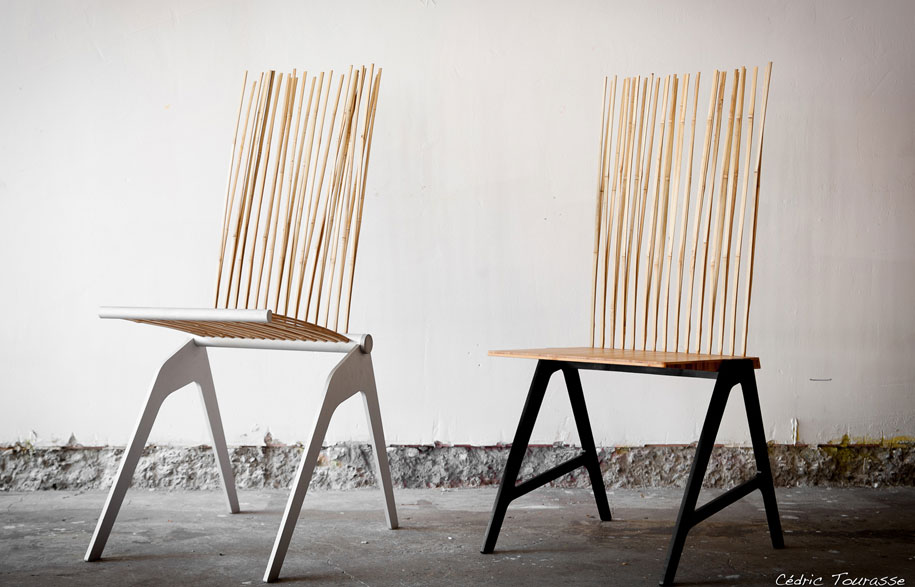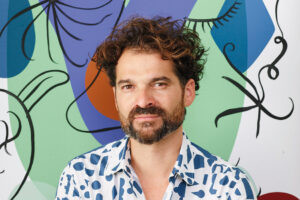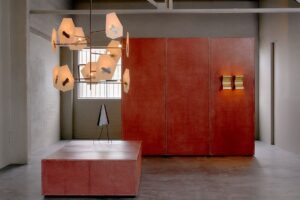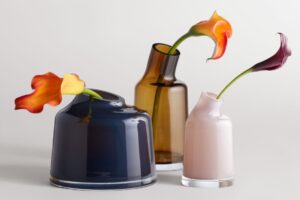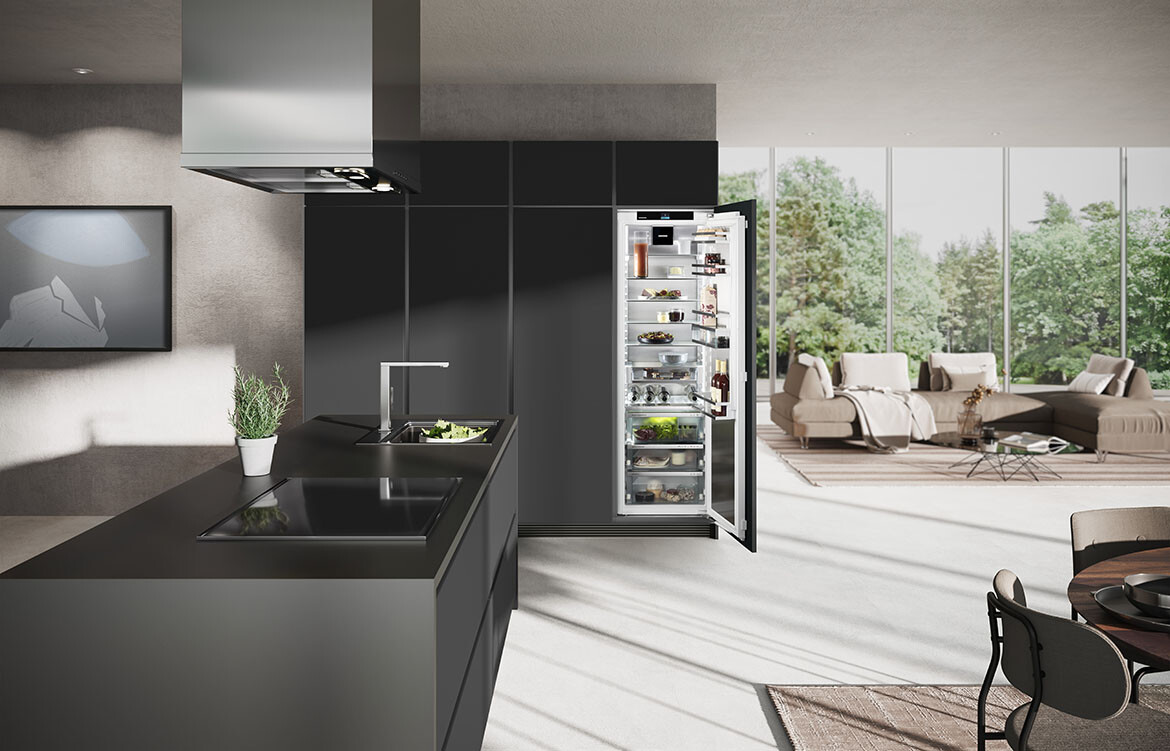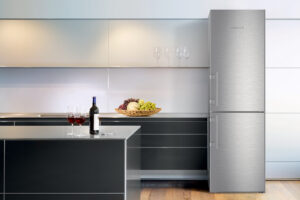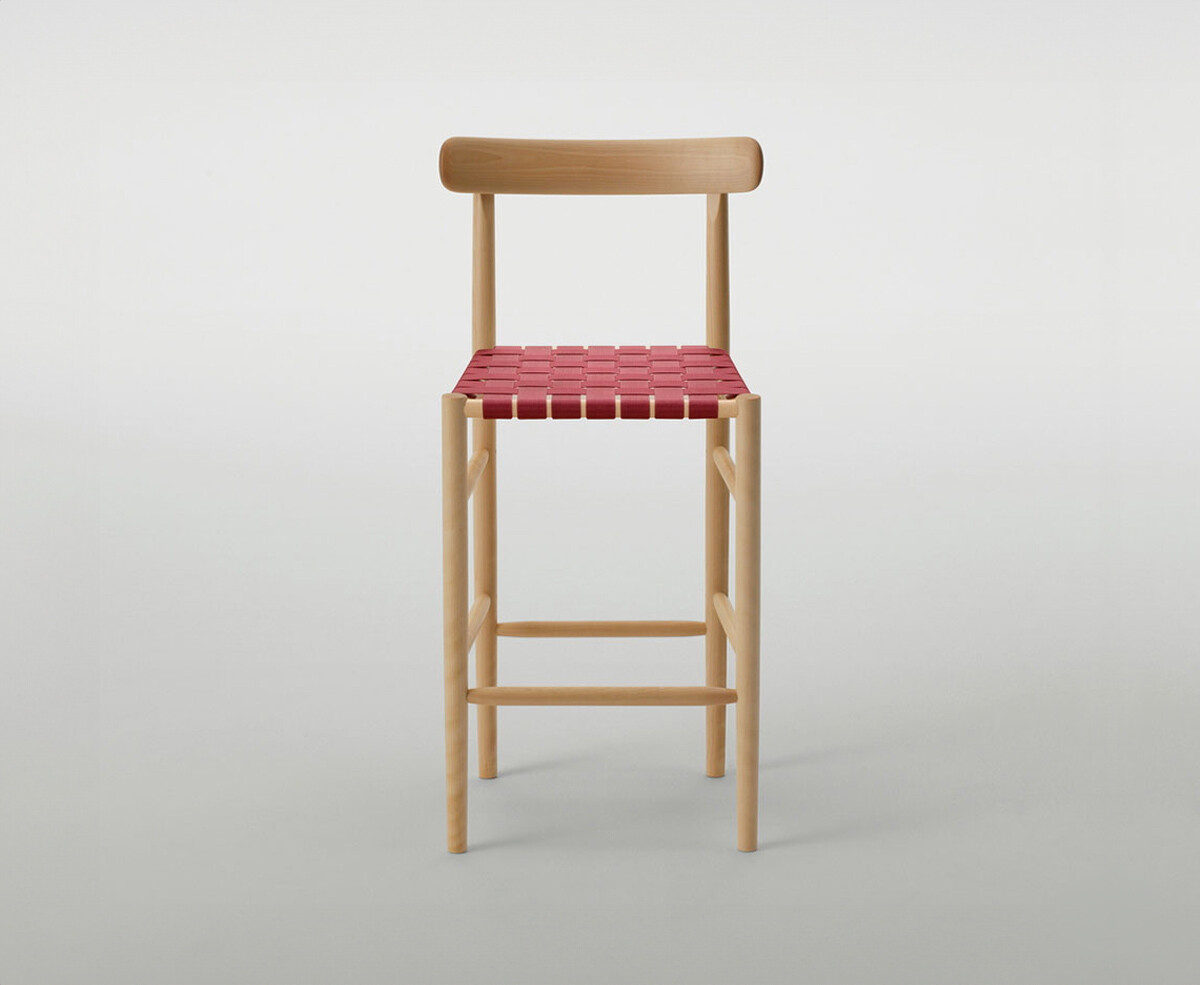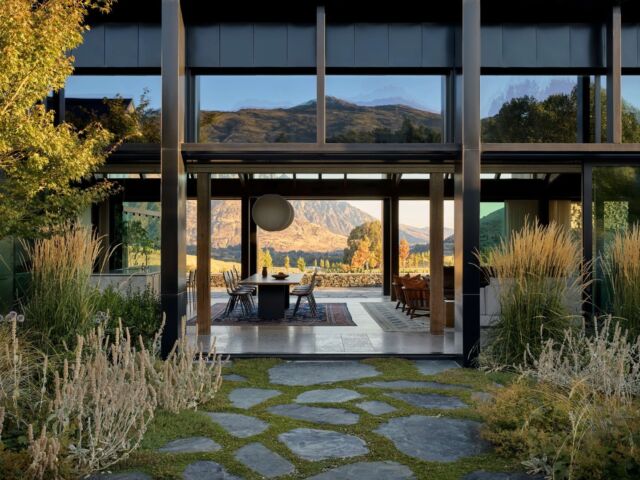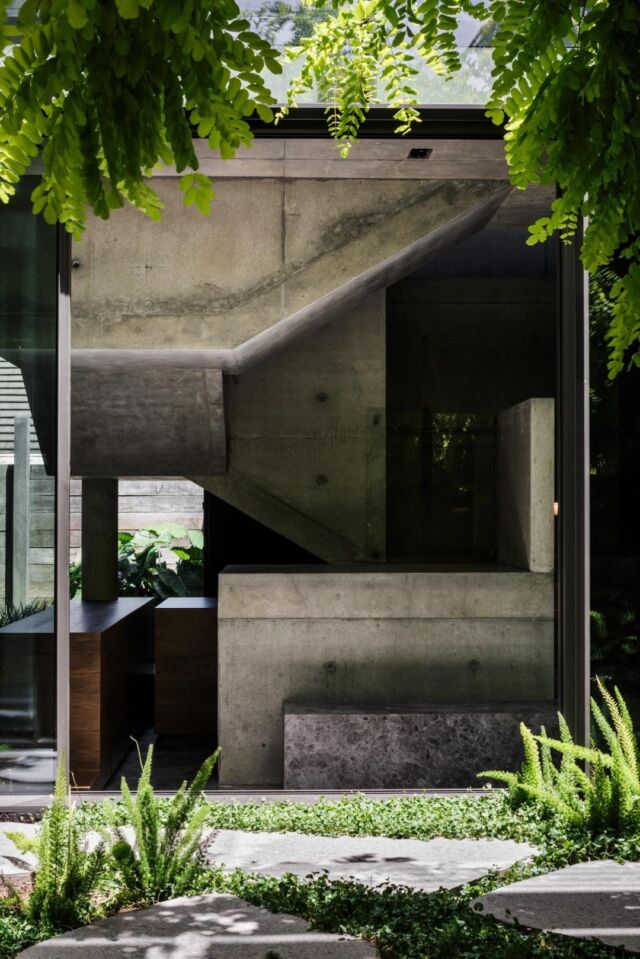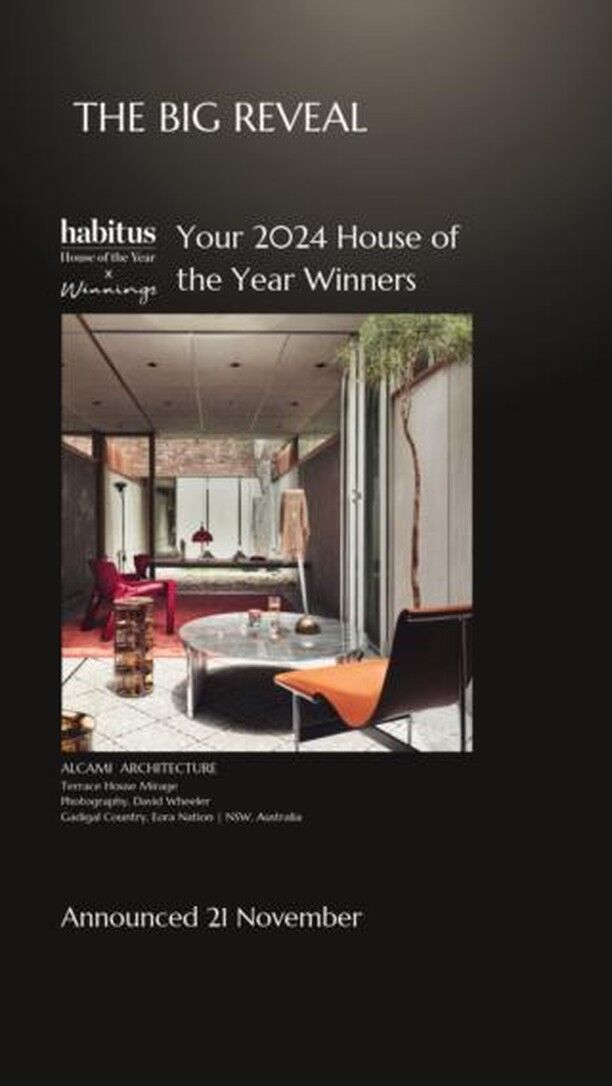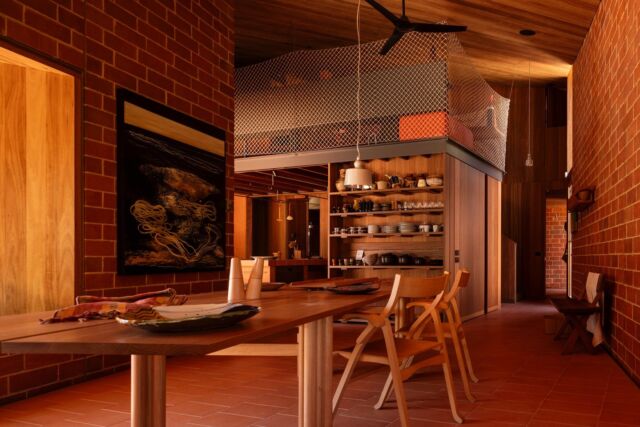Above: Bamboo and metal series with Savage Design – Photographer: Cedric Tourasse
The chair depicts moments across history, evolving through the influence of culture, politics, economics, religious power, art and industry. The throne symbolised power and authority; the utilitarian chair for education and literature; the office chair for ergonomic support; the electric chair for punishment; the dining chair for social occasions; the lounge chair for relaxation; the beach chair for comfort and leisure; and the folding chair for ease and mobility; the list goes on. There are as many associations and symbolisms behind a chair as there are variations. So what is this conscious or subconscious connection that we have towards the objects we sit in?

Bamboo and concrete – hollow base – Photographer: Nina Lange
Questions of how we sit and the interaction between people and seating is what inspired designer Christel Hadiwibawa to further explore her bamboo seating structure – the “P” collection. The “P” collection are a series of bamboo seating designs created by Hadiwibawa, initiated in 2009. The chairs initially began as a part of her university project centralised on the process of working with bamboo.
The process of material exploration later evolved into a curiosity of the psychological interaction people have with chairs. “When people approach any common chair, they already assume it will carry their weight, in other words, the trust is already subconsciously present and so it should be.
But when people approach any of the “P” chairs, a sense of concern crosses their face, as if to ask ‘will this chair hold me?’ Some are hesitant and walk away, some stare at it for a while before giving it a go, while others confidently approach the chair as you would any other chair. And these different responses intrigue me – you end up learning a lot about people and their personalities. But you also learn a lot about how much trust we place on chairs. It has to hold us, if not it wouldn’t be a chair.” And when people do take a seat on any of the “P” chairs, the common reaction is an element of surprise, as the chairs can hold 110kg body weight.
Since her early beginnings, the latest “P” models have taken a turn from a concrete base towards other materials. “The first three chairs are beautiful in their own right because they were the originals and a true expression of raw materials inspired by the merging of western and eastern influences. I love concrete, but there are many facets of design you must consider, and one of the issues with the first models were it’s weight and manufacturing set up. So I decided to take a step towards making the chairs lighter, which led to a collaboration with Savage Design. Keeping the flexible seating structure in tact with the implementation of metal legs is where P4 and P5 are now at.”

Bamboo and aluminium – Photographer: ChristelH
“P” initially stood for prototype, but has since been replaced with ‘passion’ since Hadiwibawa now claims them as passion pieces. “I’ve learnt to be careful with how I use the term ‘passion’, just because you’re passionate about something, it doesn’t guarantee that you’re an expert in that field. Passion is merely an invitation to learn, discover and experience whatever that ‘thing’ is you are interested in. And for me, the process of taking these chairs and evolving them has become an obsessive passion of mine. This will be a lifetime thing.”
Christel H
christelh.com
Savage Design
savagedesign.com


